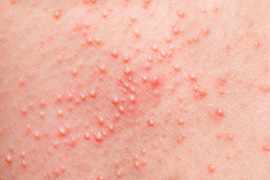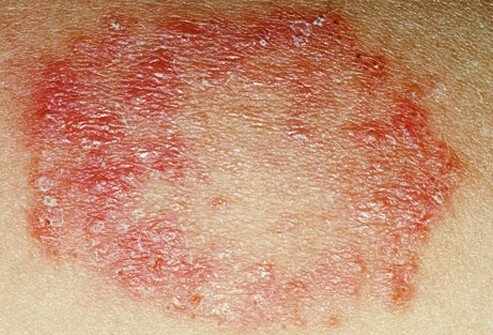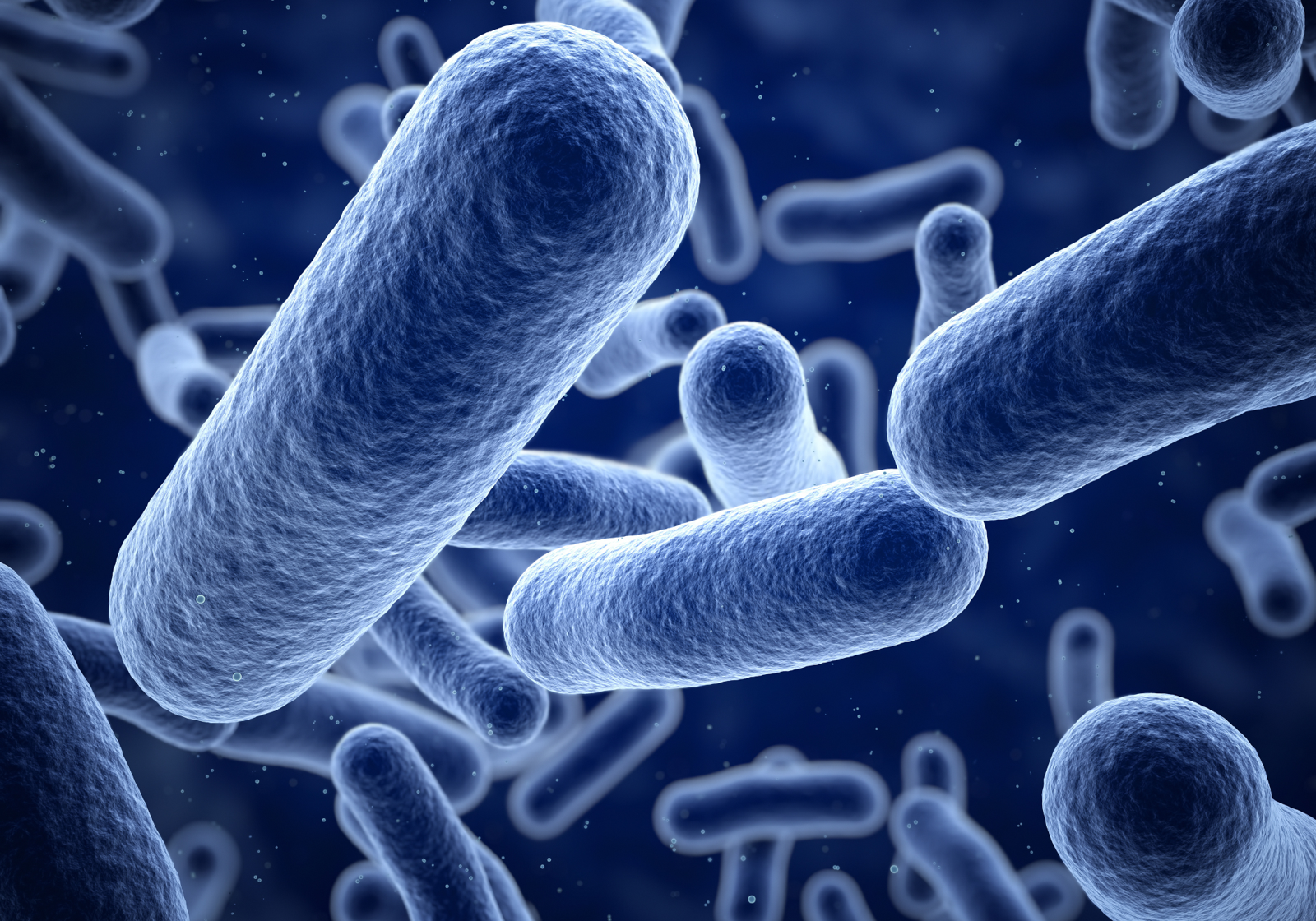
iardiasis is a common intestinal infection caused by the protozoan parasite Giardia lamblia (also known as Giardia intestinalis or Giardia duodenalis). This infection can affect humans and animals, leading to gastrointestinal symptoms that vary in severity. Understanding its causes and prevention strategies is vital for individuals living in or traveling to areas where Giardia is prevalent.
Causes of Giardiasis
1. The Parasite and Its Lifecycle
The primary cause of giardiasis is the ingestion of the Giardia parasite, which exists in two forms
Cysts The hardy, infectious stage capable of surviving outside the host in water, soil, or food.
Trophozoites The active, disease-causing stage that colonizes the host's small intestine.
Humans become infected by consuming Giardia cysts, which then transform into trophozoites in the intestines. After multiplying, trophozoites revert to cysts, which are excreted in feces, continuing the cycle.
2. Transmission Sources
The infection is primarily waterborne but can also spread through contaminated food, surfaces, or direct contact with an infected person or animal. Common sources of infection include
Contaminated Water
Lakes, rivers, and streams can be polluted with feces from infected animals or humans, making them a significant source of Giardia. Even chlorinated public water supplies can sometimes harbor the parasite if proper filtration methods are not used.
Food Contamination
Improper handling or washing of food can lead to contamination with Giardia cysts.
Person-to-Person Transmission
Close contact with an infected individual, such as in childcare settings or among family members, increases the risk of spreading giardiasis.
Animal Carriers
Pets and wild animals, such as beavers, can carry and shed Giardia, contaminating natural water sources.
3. Risk Factors
Certain populations are at higher risk of contracting giardiasis, including
Travelers to regions with poor sanitation.
Campers or hikers consuming untreated water from natural sources.
Individuals with compromised immune systems.
Children in daycare settings and their caregivers.
Symptoms and Diagnosis
Giardiasis symptoms range from mild to severe and typically manifest one to three weeks after infection. They include
Diarrhea (often watery and foul-smelling).
Abdominal cramps.
Bloating and gas.
Nausea and vomiting.
Fatigue and weakness.
Weight loss and malabsorption in severe cases.
Not everyone infected with Giardia exhibits symptoms, but asymptomatic individuals can still spread the parasite.
Diagnosis typically involves stool tests to detect the presence of Giardia cysts or trophozoites. Advanced diagnostic methods like enzyme immunoassays (EIA) and polymerase chain reaction (PCR) tests offer higher sensitivity and specificity.
Treatment of Giardiasis
Effective treatment is crucial to eliminate the infection and prevent complications. Several antiparasitic medications are used, including
Nitazoxanide Tablets
Nitazoxanide is a highly effective medication for treating giardiasis. It disrupts the parasite's energy metabolism, leading to its elimination. Available in tablet form, nitazoxanide is often prescribed for adults and older children, while a liquid suspension is available for younger children. This medication is well-tolerated and has a short course of treatment, typically lasting three days.
Other Medications
Metronidazole A commonly used antibiotic, though it may cause side effects like nausea or a metallic taste.
Tinidazole
Similar to metronidazole but with a shorter treatment duration.
Albendazole
An alternative option, particularly in cases where other treatments are unavailable. Patients should complete the prescribed treatment course to ensure the infection is fully eradicated. In some cases, reinfection may occur, necessitating retreatment.
Prevention of Giardiasis
Preventing giardiasis involves a combination of personal hygiene, safe food and water practices, and public health measures. Below are key prevention strategies
1. Ensure Safe Drinking Water
Boil Water Boiling water for at least one minute effectively kills Giardia cysts. This is especially crucial in areas where water quality is uncertain.
Use Filters
Portable water filters with a pore size of 1 micron or smaller can remove Giardia cysts. Look for filters certified to meet NSF/ANSI standards for parasite removal.
Avoid Untreated Water
Refrain from drinking water from lakes, streams, or other natural sources unless properly treated.
2. Practice Good Hygiene
Handwashing
Wash hands thoroughly with soap and water, especially after using the restroom, handling animals, or before eating.
Sanitize Surfaces
Regularly disinfect high-touch surfaces, particularly in childcare or healthcare settings.
Dispose of Waste Properly
Ensure proper disposal of human and animal feces to prevent contamination of water sources.
3. Safe Food Practices
Wash Produce
Rinse fruits and vegetables under clean, running water.
Cook Food Thoroughly
Heat food to appropriate temperatures to kill potential pathogens.
Avoid Cross-Contamination
Keep raw and cooked foods separate and use clean utensils and cutting boards.
4. Protect Vulnerable Populations
Educate individuals in high-risk groups, such as travelers, campers, and childcare workers, about preventive measures.
Provide access to clean water and sanitation facilities in communities with poor infrastructure.
5. Pet and Animal Care
Keep pets clean and monitor them for symptoms of giardiasis.
Avoid allowing pets to drink from untreated water sources.
The Role of Public Health Initiatives
Public health measures play a critical role in preventing outbreaks of giardiasis. These include
Water Quality Monitoring
Regular testing and treatment of public water supplies to remove Giardia cysts.
Community Education
Awareness campaigns on hygiene and sanitation practices.
Infrastructure Improvements
Building and maintaining sewage systems to prevent contamination of water bodies.
Addressing Challenges in Prevention
Despite the availability of effective prevention and treatment options, challenges remain in controlling giardiasis, particularly in low-resource settings. Limited access to clean water and healthcare can hinder prevention efforts, while overcrowding in urban areas facilitates person-to-person transmission.
Travelers and outdoor enthusiasts must also remain vigilant, as natural water sources can appear clean but still harbor Giardia. Adopting simple yet effective precautions like using water filters or carrying nitazoxanide tablets as part of a travel medical kit can significantly reduce the risk of infection.
Conclusion
Giardiasis, caused by the Giardia parasite, is a preventable and treatable infection that poses a significant health risk worldwide. By understanding its causes, individuals can take proactive measures to reduce exposure, such as practicing good hygiene, ensuring safe drinking water, and handling food properly.
For those who contract the infection, nitazoxanide tablets and other antiparasitic medications offer effective treatment options, enabling a quick recovery and minimizing the potential for complications. Ultimately, a combination of personal vigilance and public health interventions is key to controlling and preventing giardiasis on a global scale.










Write a comment ...